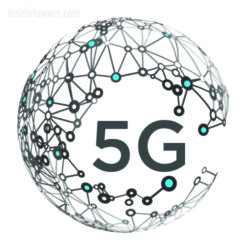Artificial Intelligence and machine learning (AI/ML) are critical to the carriers’ efforts to increase energy efficiency, according to a report published by Ericsson. Ericsson experts have found that the monitoring and tracking made possible by AI can identify areas that can be optimized to reduce radio access network (RAN) energy use by up to 12 percent annually.
Even though 5G radios are more efficient, increasing data use combined with an increase in base stations have negated efforts to reduce energy consumption. Additionally, energy bills currently account for up to seven percent of operating expenditures and the RAN accounts for nearly 85 percent of overall energy consumption.
“Operators are already adjusting radio network requirements (such as added layers of spectrum, cell density and associated energy costs) to keep up with peak capacity demands,” Ericsson wrote. “But much of this incremental investment is under-utilized and inefficient when demand is below peak.”
To save energy, cells may be shut down and woken up when required. However, pre-configured scheduling parameters do not consider or adapt to the subscriber experience. AI/ML mechanisms are required to dynamically learn, adapt and act upon the best balance of power savings and subscriber experience at each cell site and radio, according to Ericsson.
“There is a need to reconfigure and control cells dynamically, to serve dynamic traffic patterns, not just peak traffic,” Ericsson wrote. “When an overlaid (capacity) cell is turned off, the traffic load existing in the overlaid cell is offloaded to underlaid (coverage) cells.”
AI/ML must take a number of factors into account, according to the company — which include network traffic conditions, radio resources availability, user density, service usage, user experience and overall network performance — to provide best energy efficiency. Avoiding impacting the customer experience demands monitoring of key performance indicators, including network availability, reliability, traffic pattern, services offered and spectrum usage, while considering the same of neighboring cells as well.
By J. Sharpe Smith, Inside Towers Technology Editor





Reader Interactions